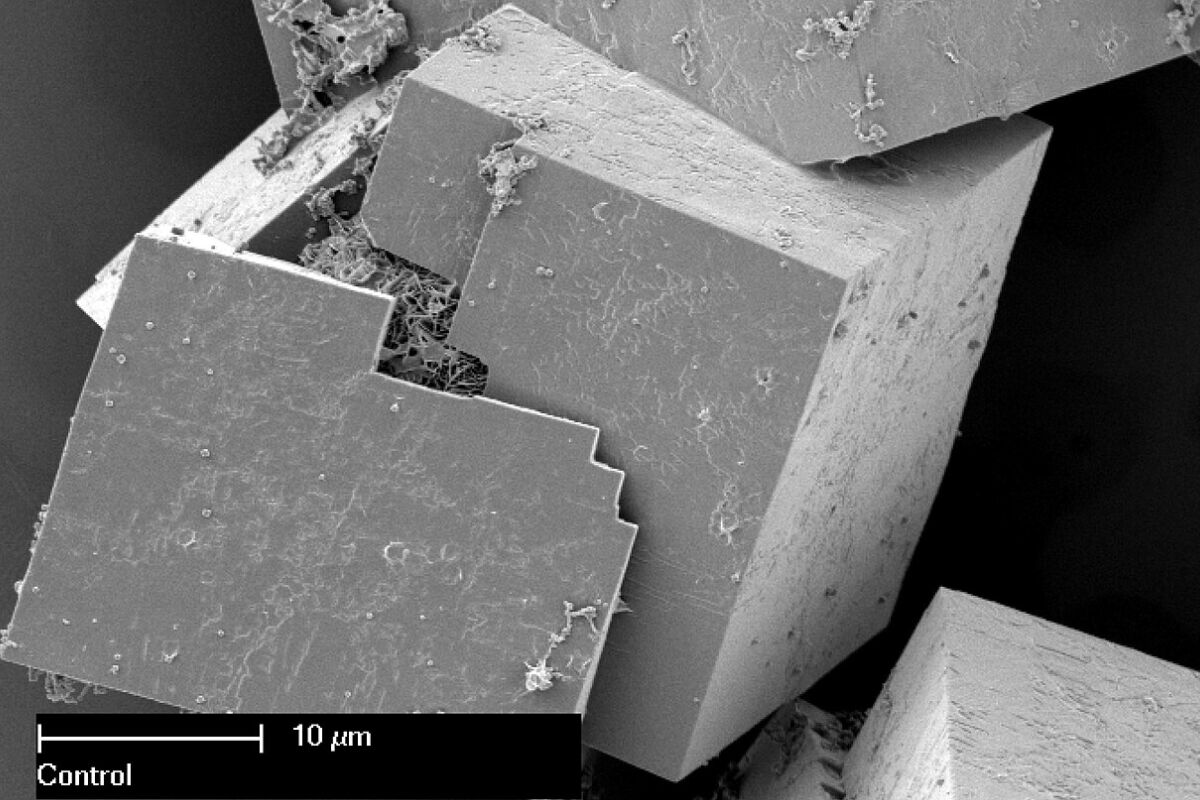A materials science researcher, Perego won the first prize of the MUSA Spoke 1 program with an innovation that brings porous chemistry from the lab to industry, opening up new prospects for the ecological transition.
Jacopo Perego, a researcher in industrial chemistry now engaged in the field of materials science, is the winner of the first edition of “Stand Up Science. Bright Ideas for a Bright Future” the final event of the MUSA Spoke 1 program. With a speech dedicated to “Nano-sponges for selective CO2 capture: from molecular design to industrial reality” Perego convinced the jury by highlighting the transformative potential of new-generation porous materials.
During the interview released after the award ceremony, Perego explained how his research group has been working for years on the development of the so-called “nanosponges“: materials characterized by an extremely porous structure, capable of trapping very small molecules. These include MOFs (Metal Organic Frameworks), a class of materials so innovative that they were central to the awarding of the 2025 Nobel Prize in Chemistry.
Nanosponges can be imagined as real sponges, but with nanoscale pores. The main application studied by Perego concerns the capture of CO2 from industrial exhausts, which is useful for limiting atmospheric emissions. Some MOFs are so selective that they can capture carbon dioxide directly from the air, making them promising tools for combating climate change.
But the potential does not end there: some variants of these materials can absorb atmospheric humidity and transform it into liquid water, a crucial opportunity for areas subject to drought or desertification. Perego emphasizes how this phenomenon is increasingly affecting some areas of Italy as well: “These materials allow for the extraction of pure water from the air, which is also useful for food use“.
The researcher also highlighted how the scientific and industrial sectors are looking with growing interest at these solutions, which are moving out of laboratories and into real production processes. In his speech, Perego showed vials containing the materials synthesized by his group: once activated by heating, they are able to capture humidity from the air, changing color; by heating them again, they release the absorbed water.
Today, the project has reached solid scientific maturity, confirmed by various results and publications. To take the next step, however, an investment capable of supporting the transition from research to large-scale application will be needed. This is a key step to transform a promising idea into a technology ready to tackle the challenges of the climate crisis.





